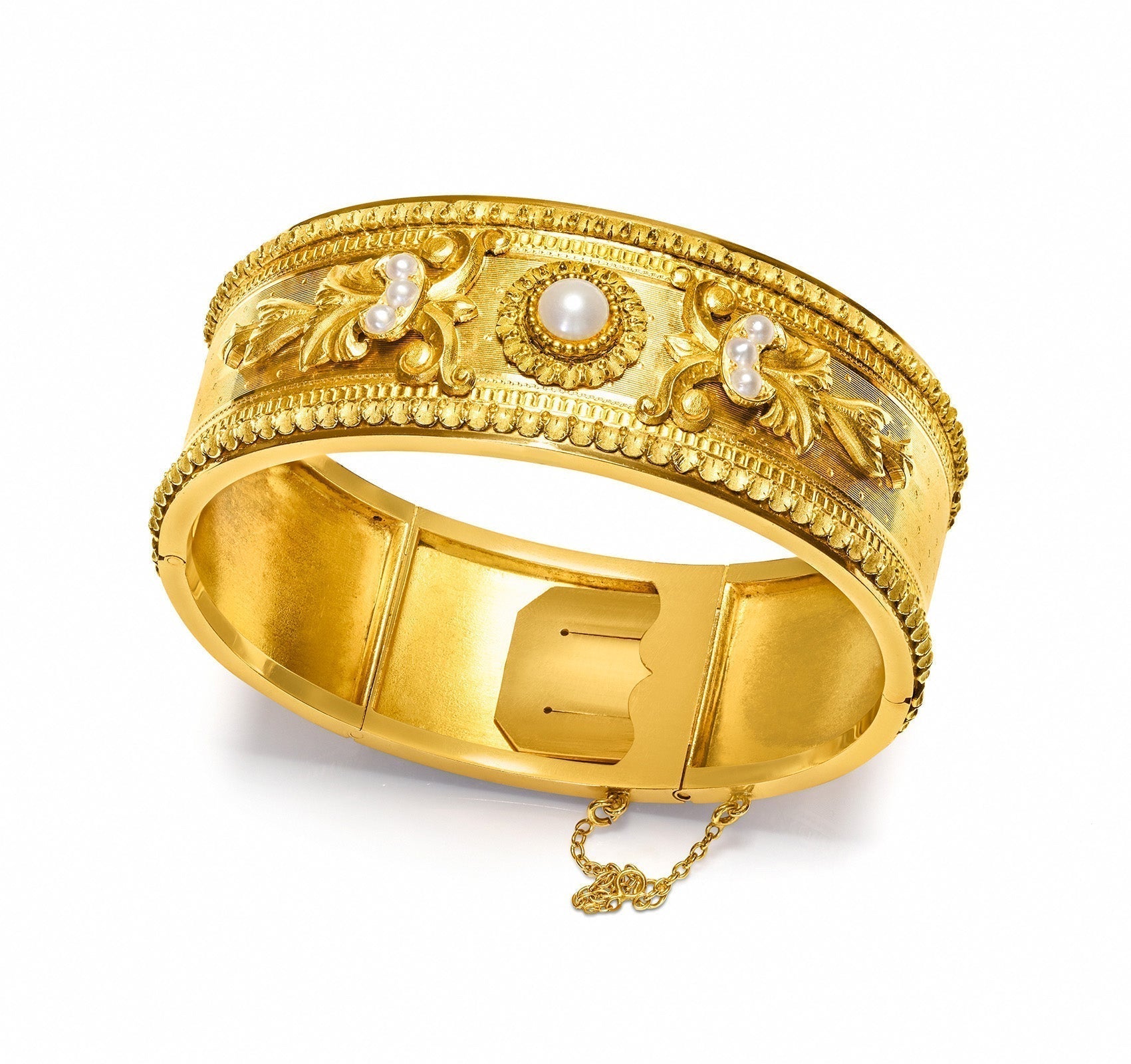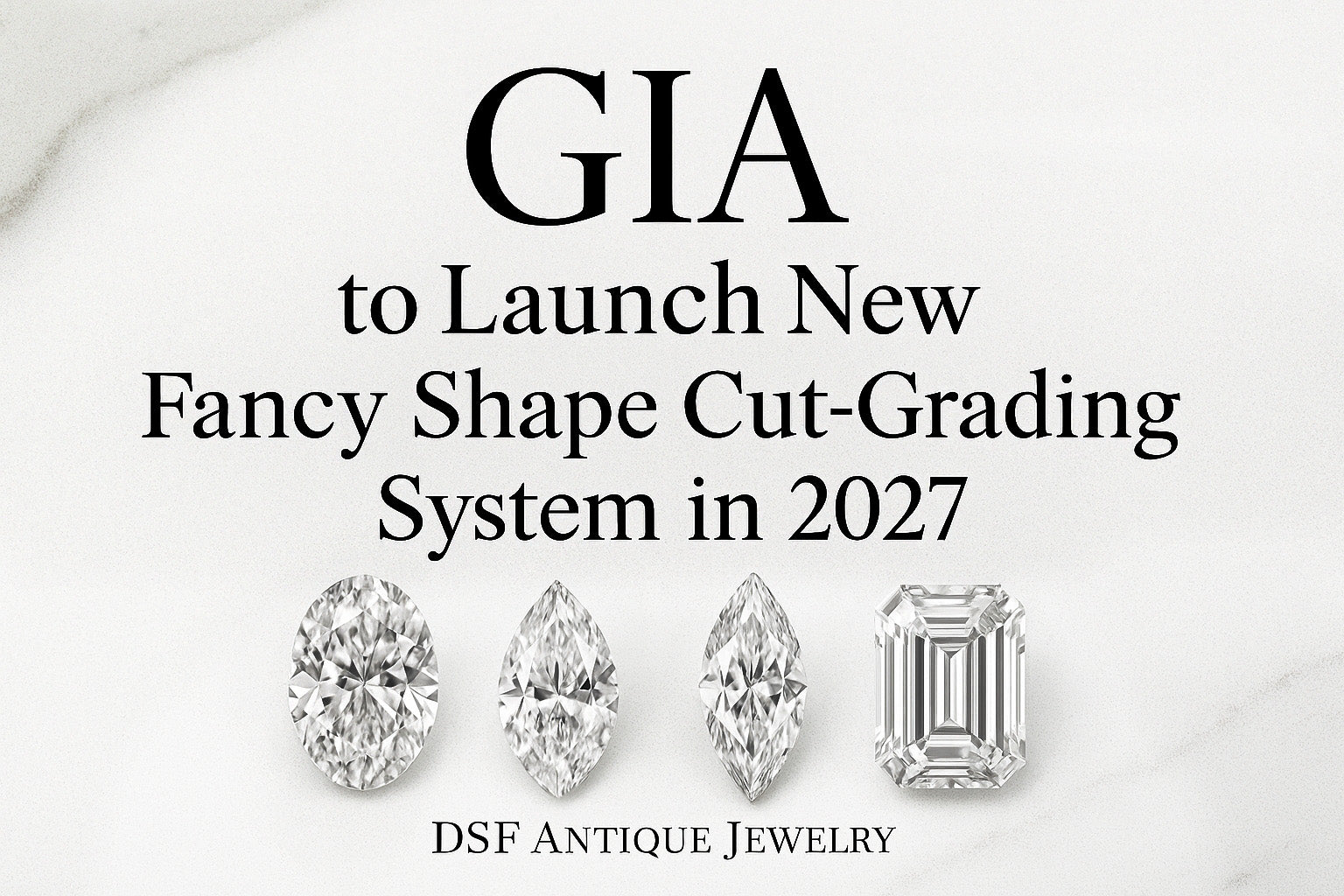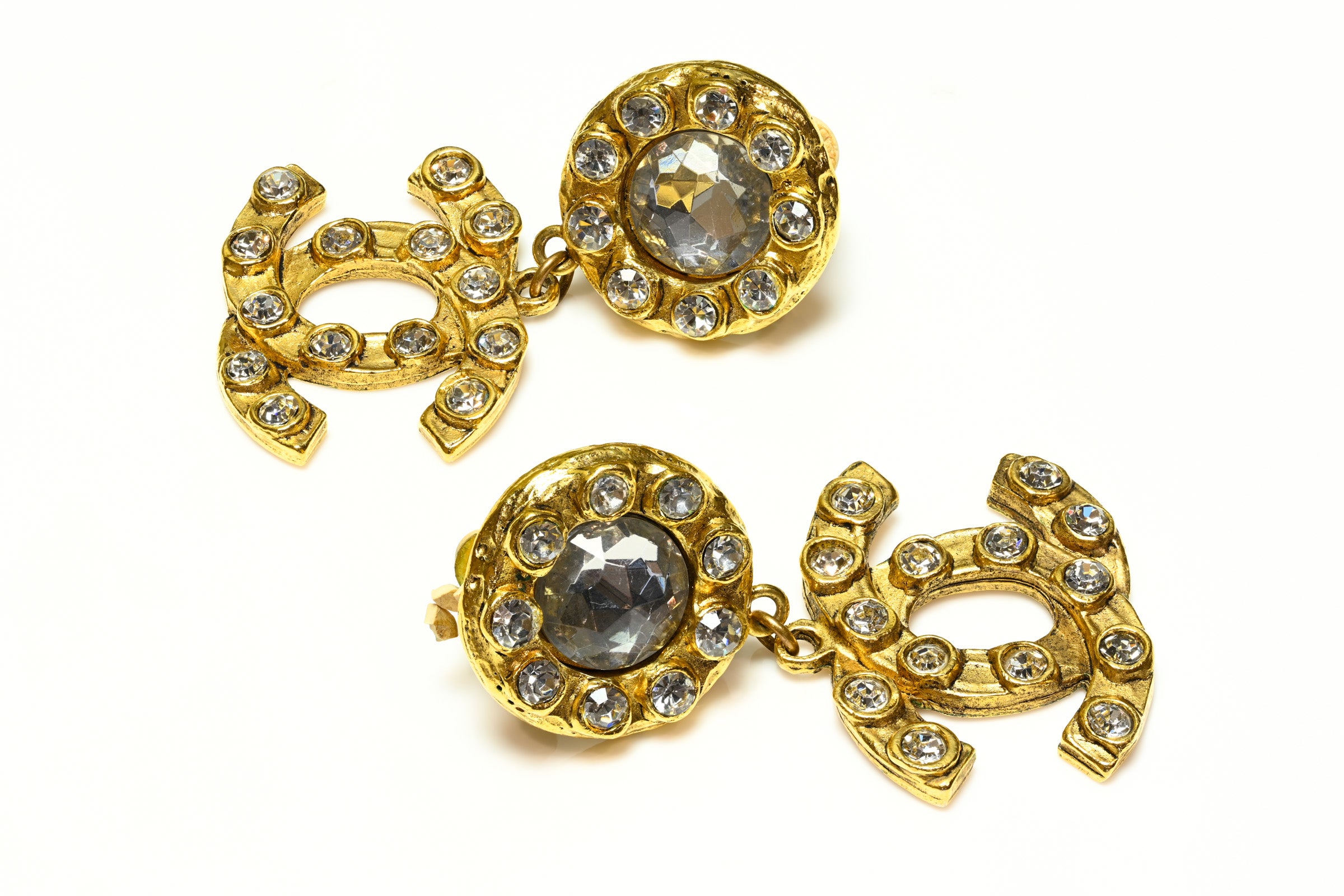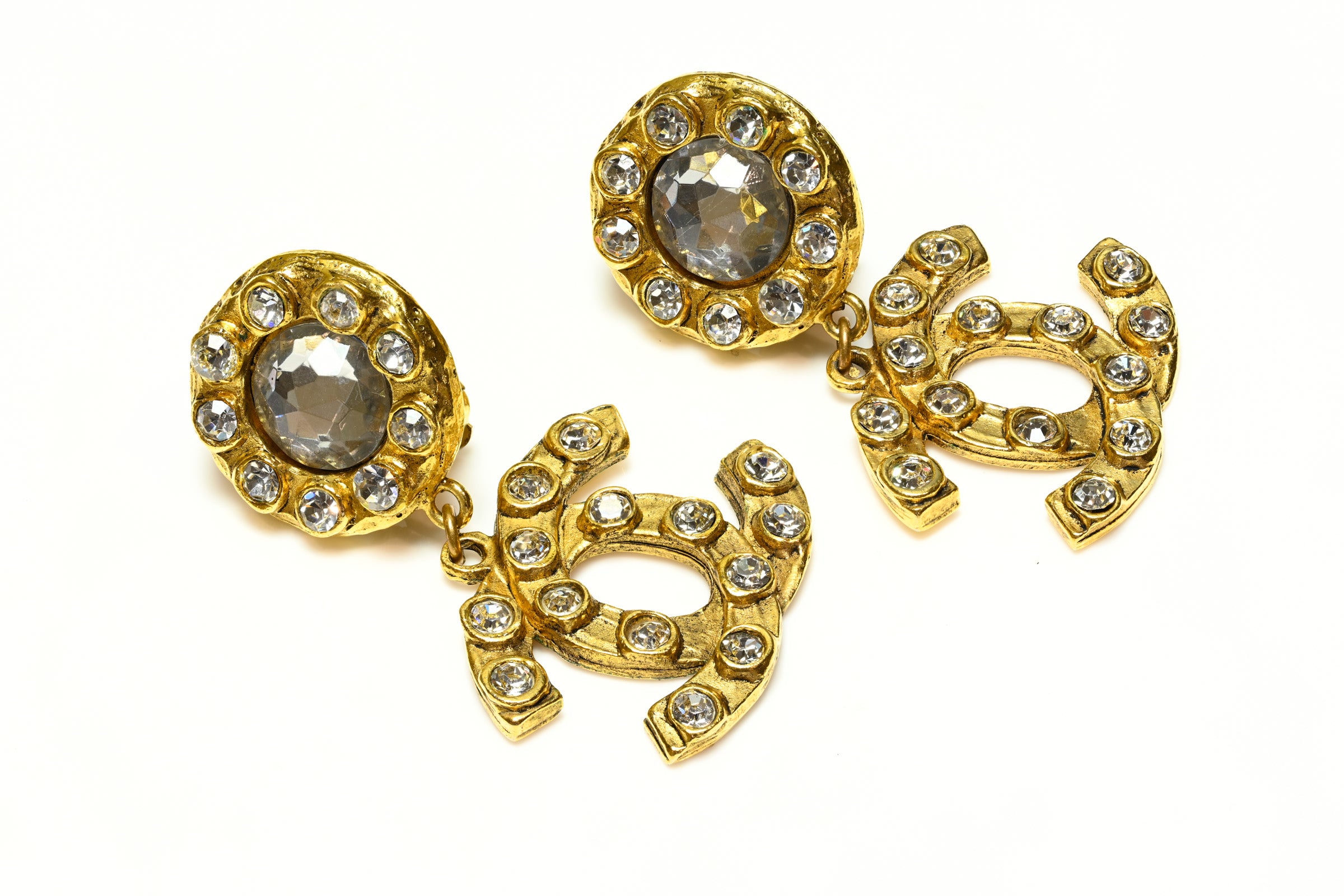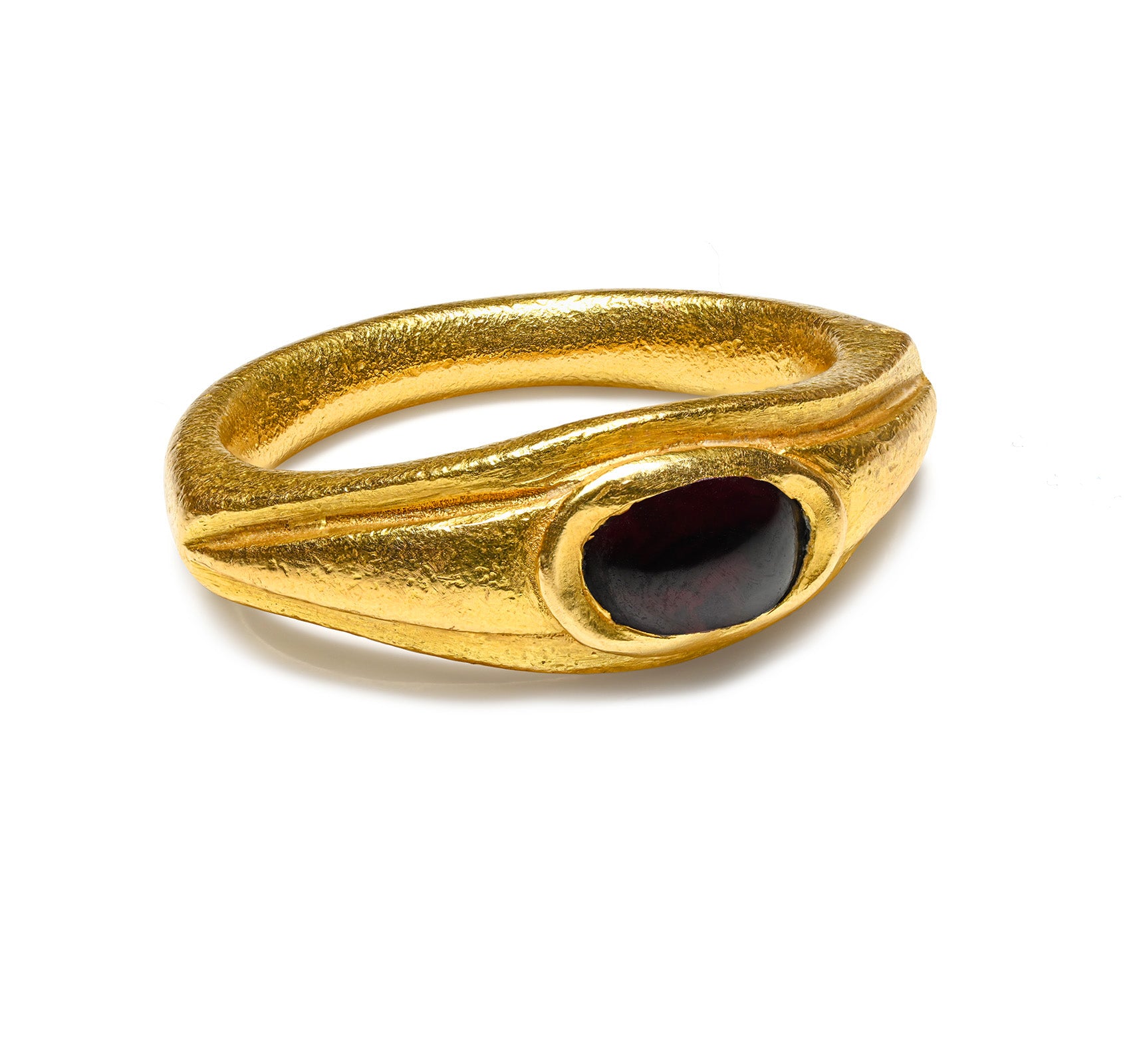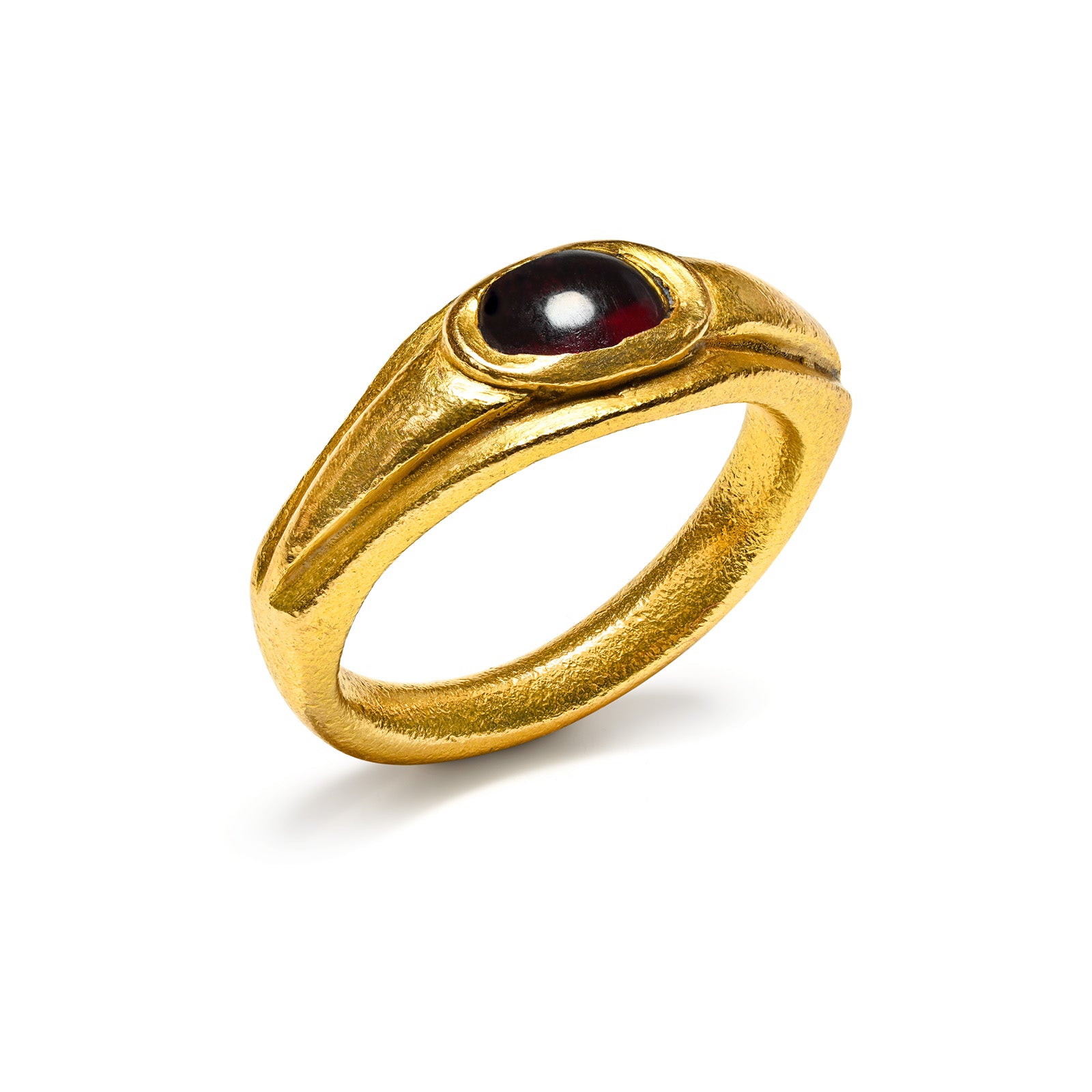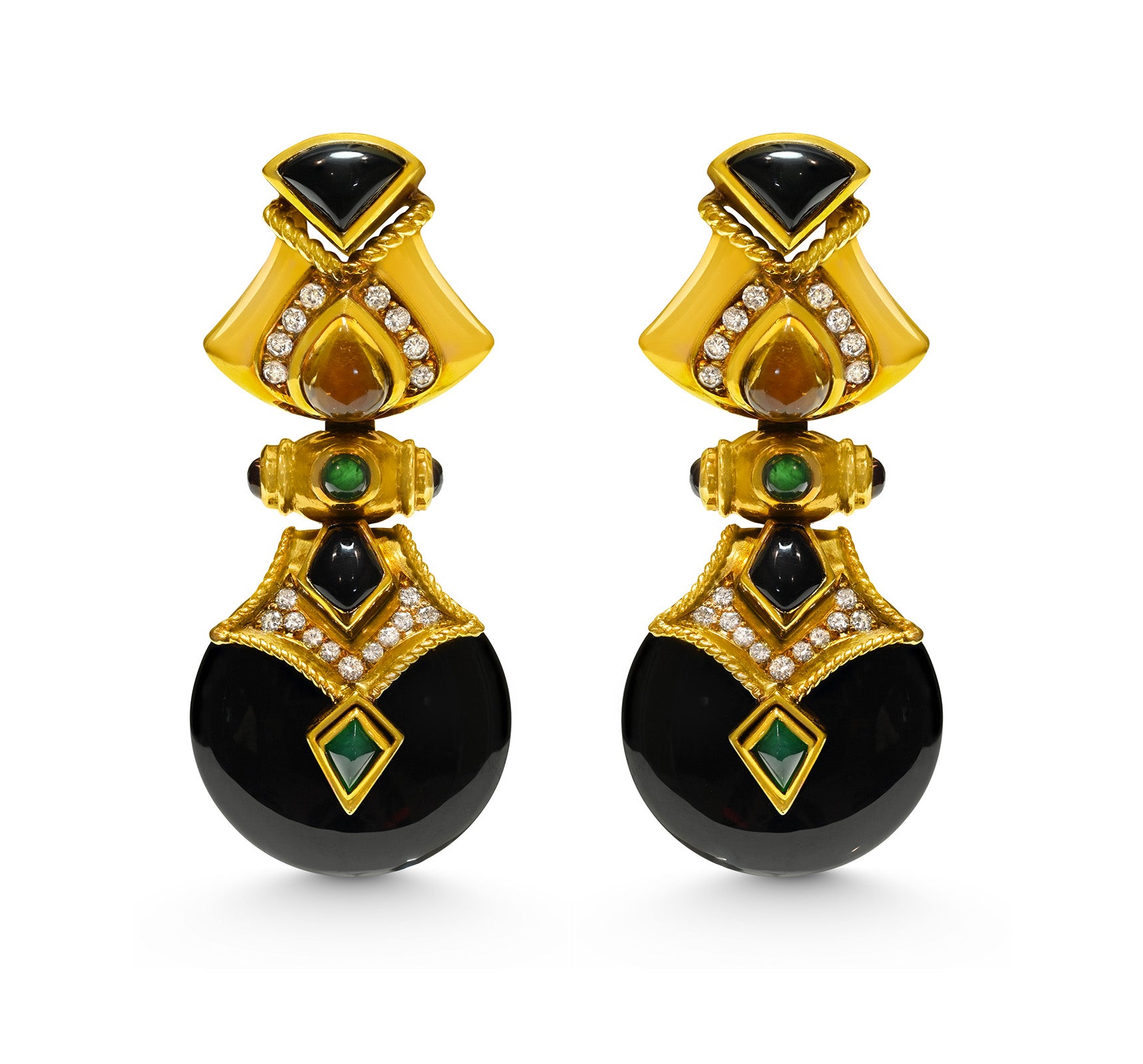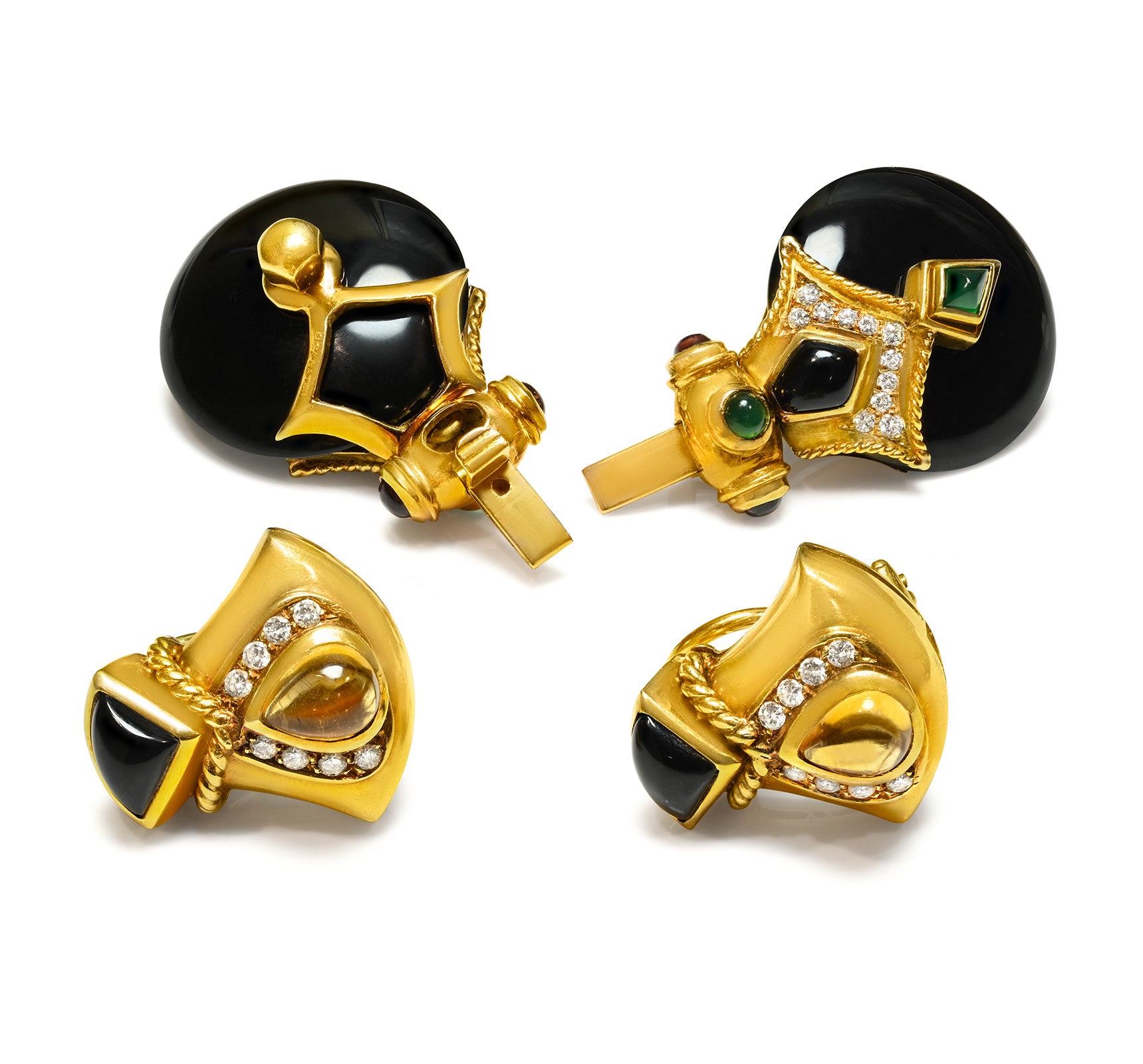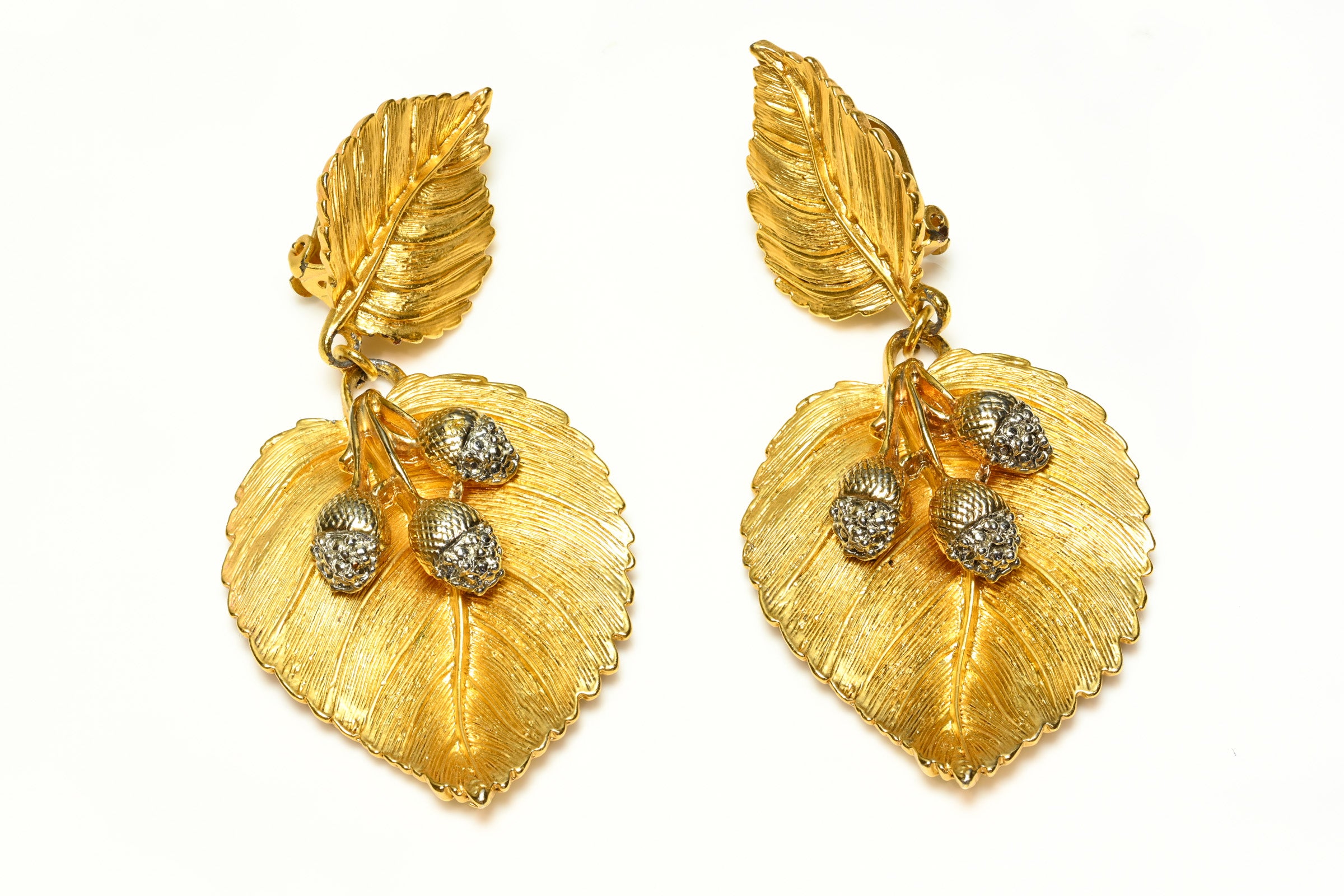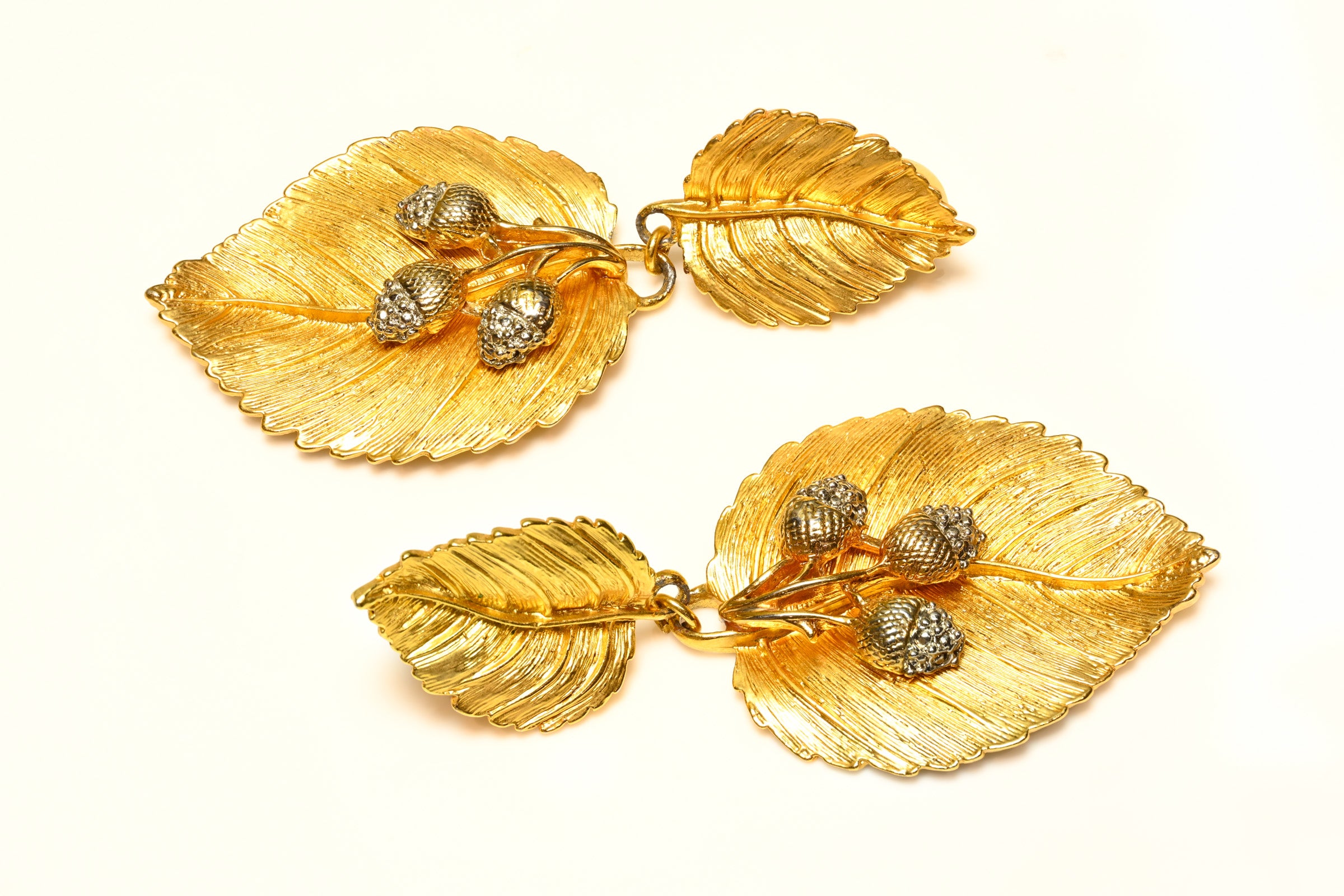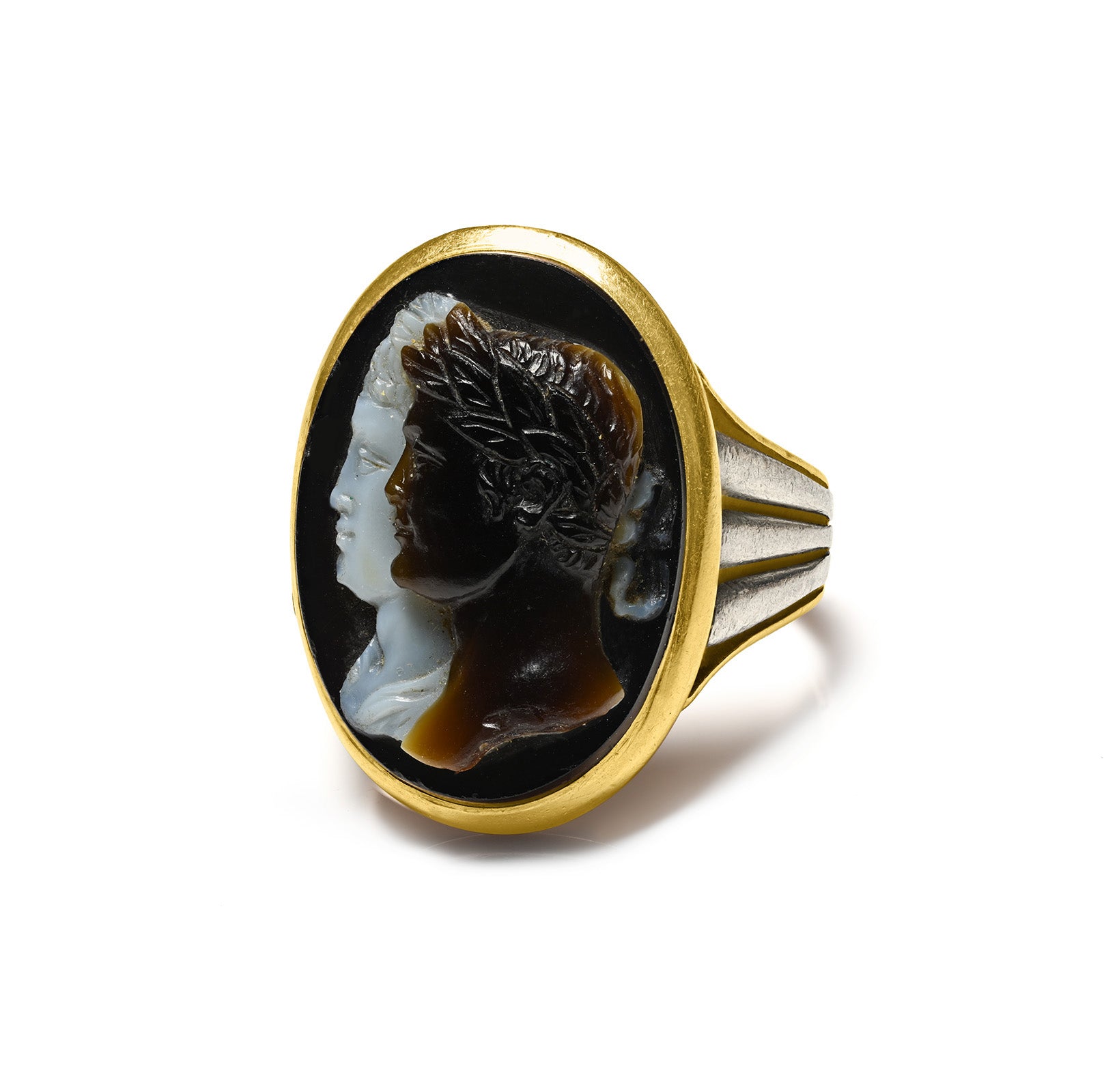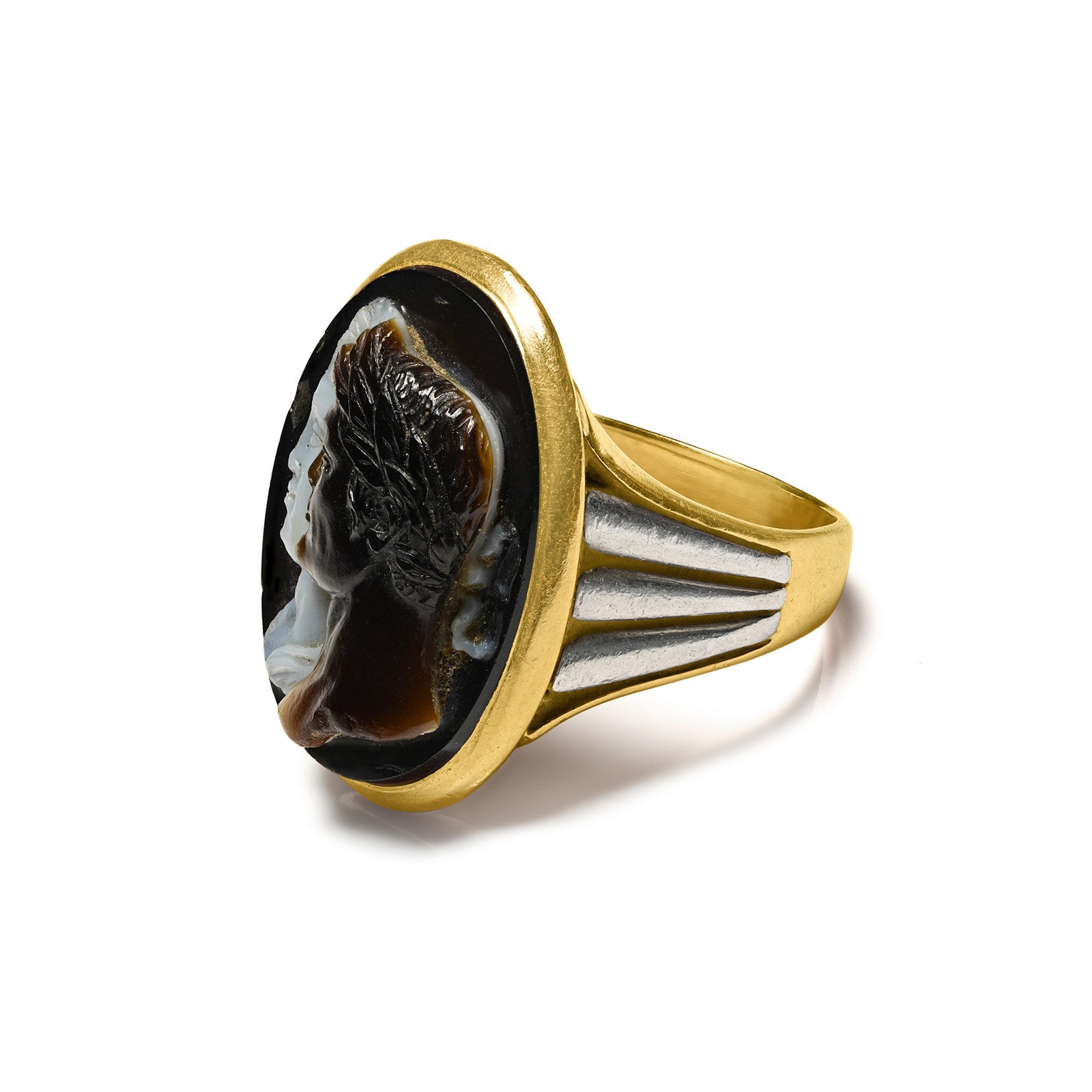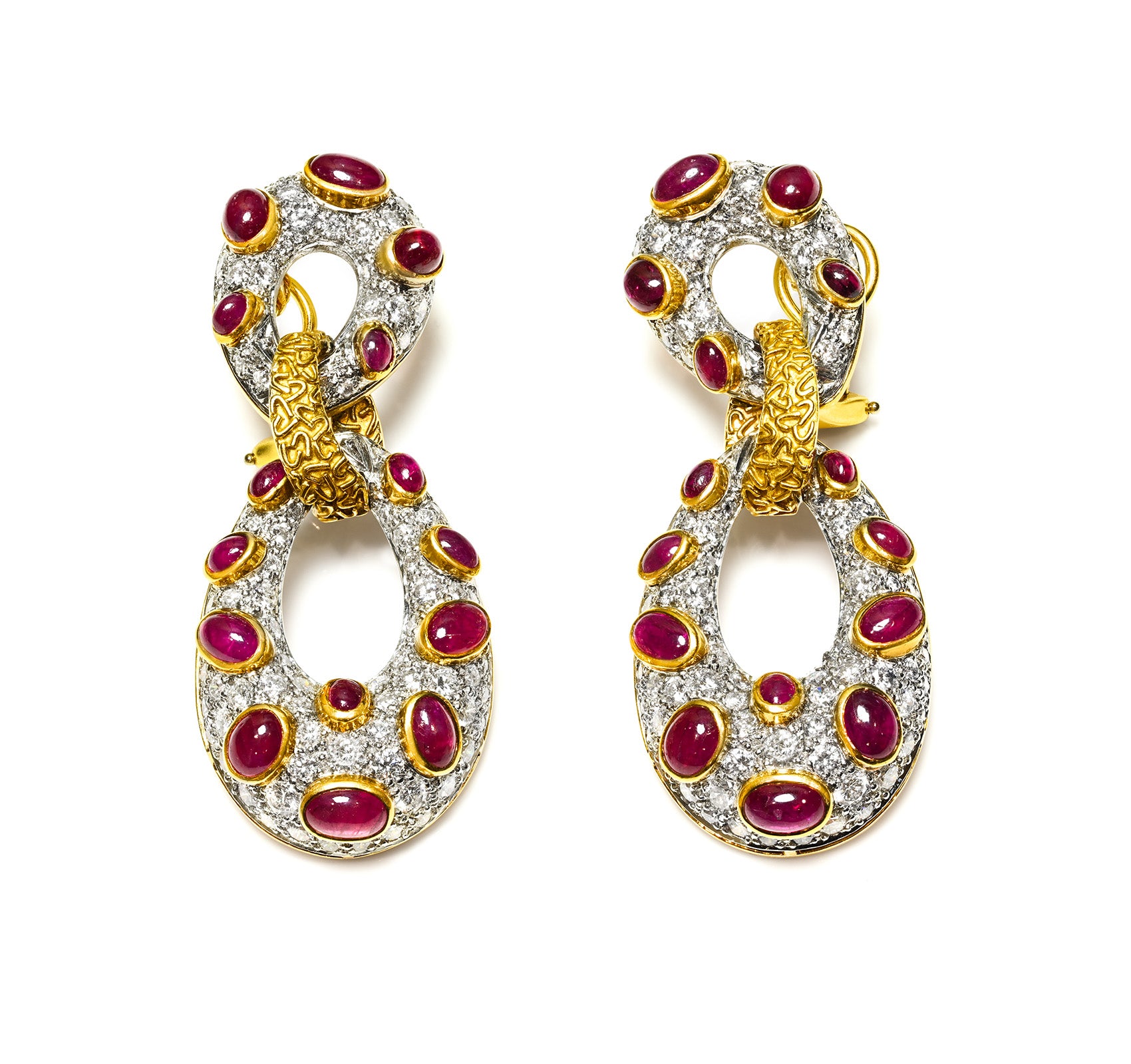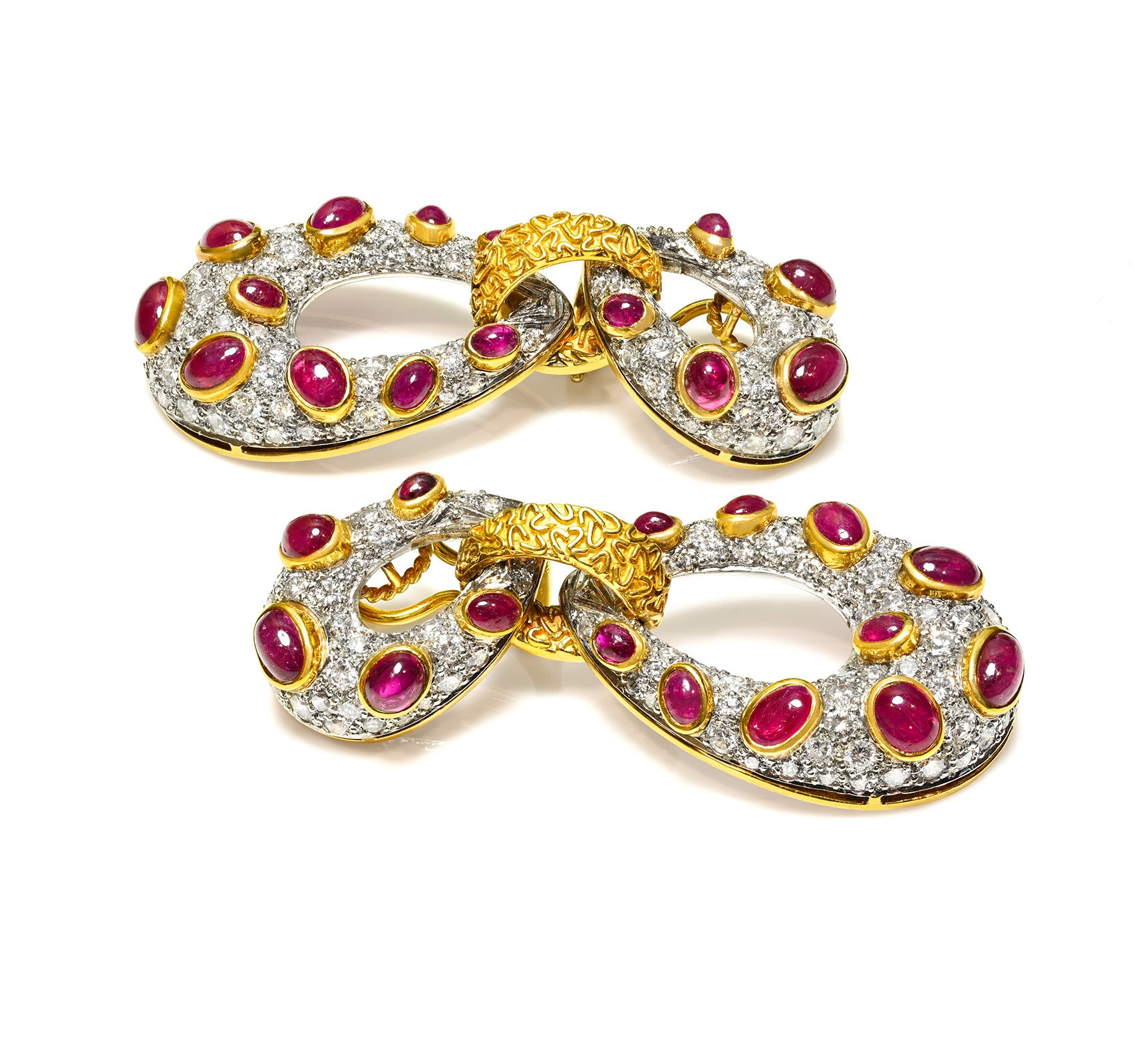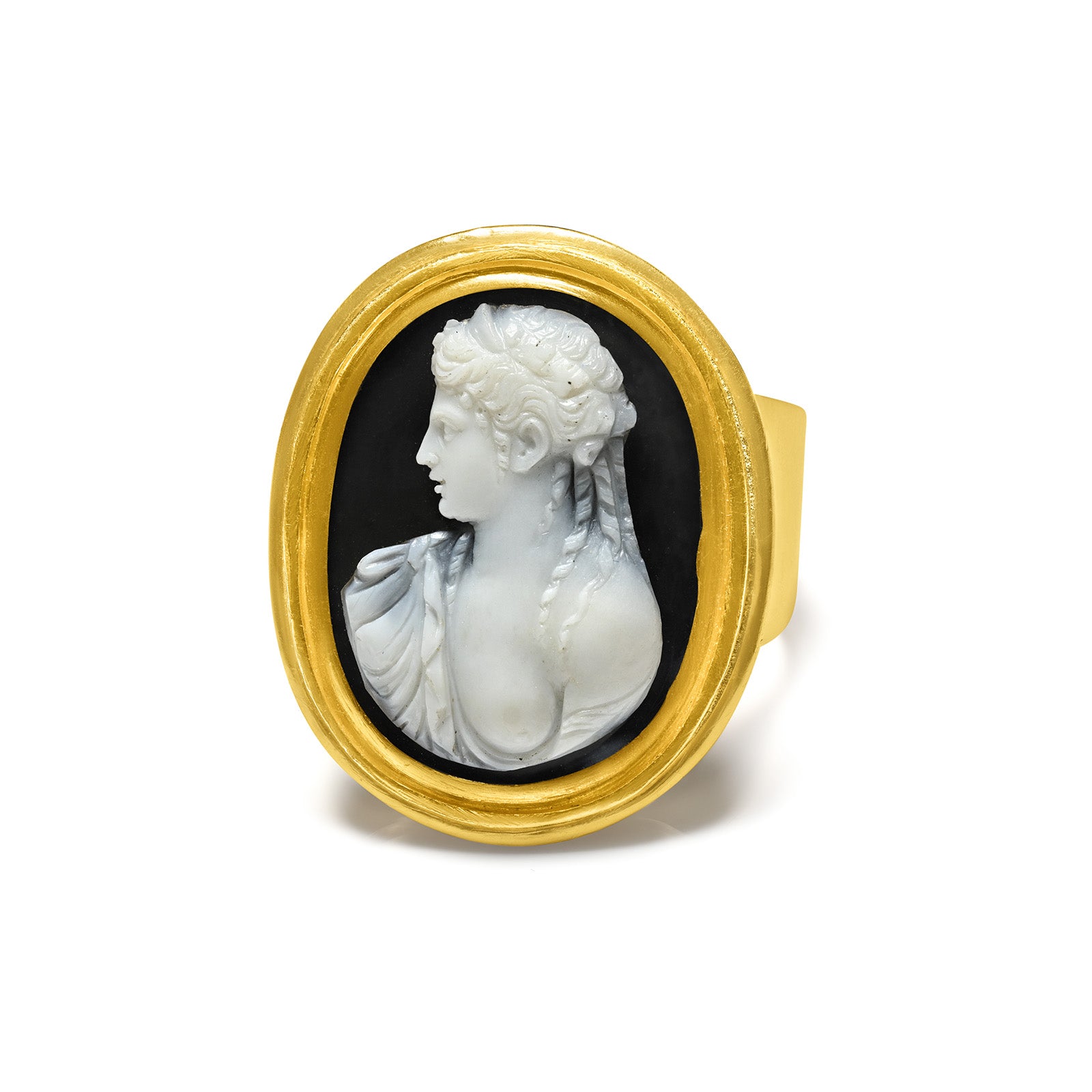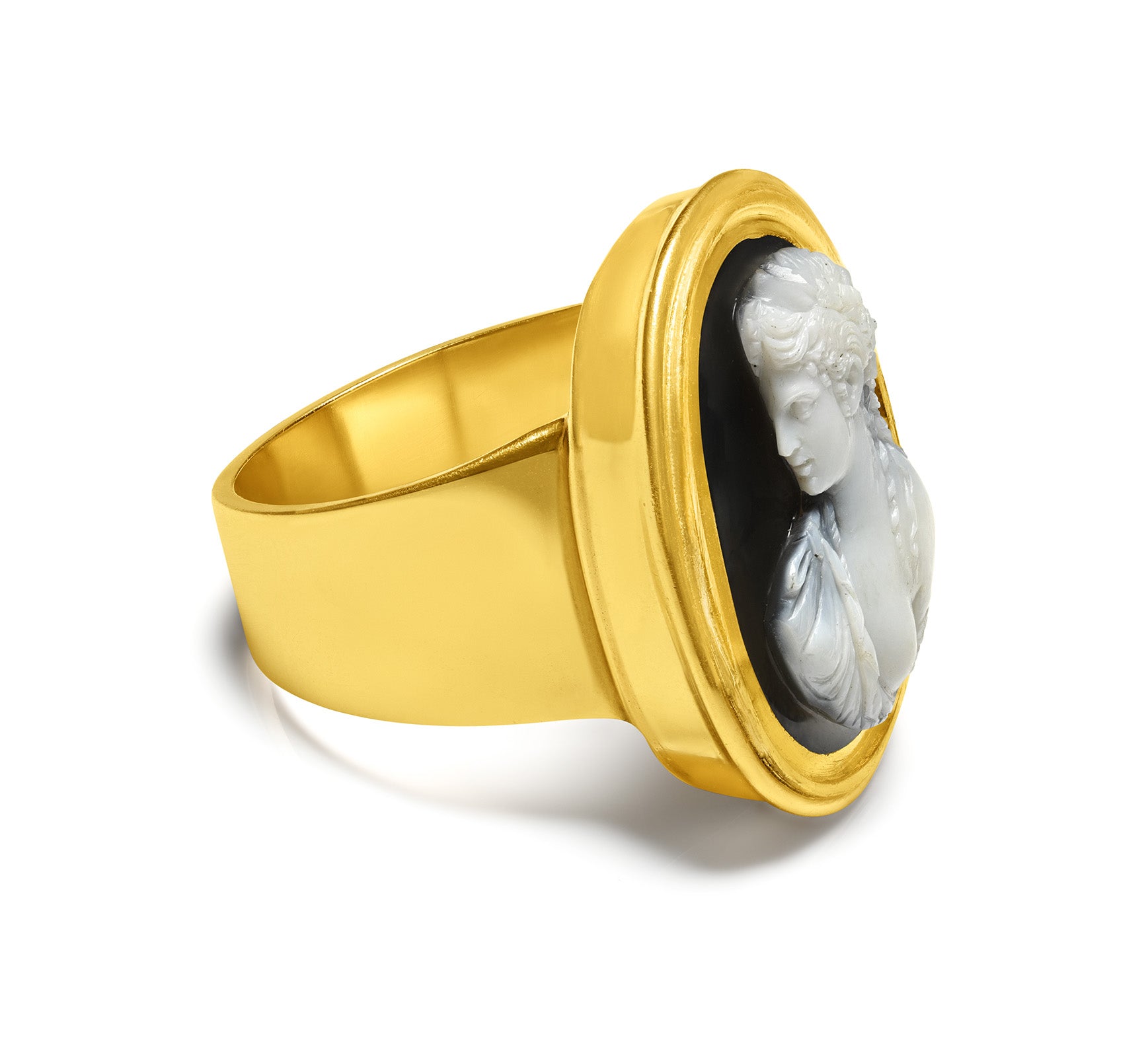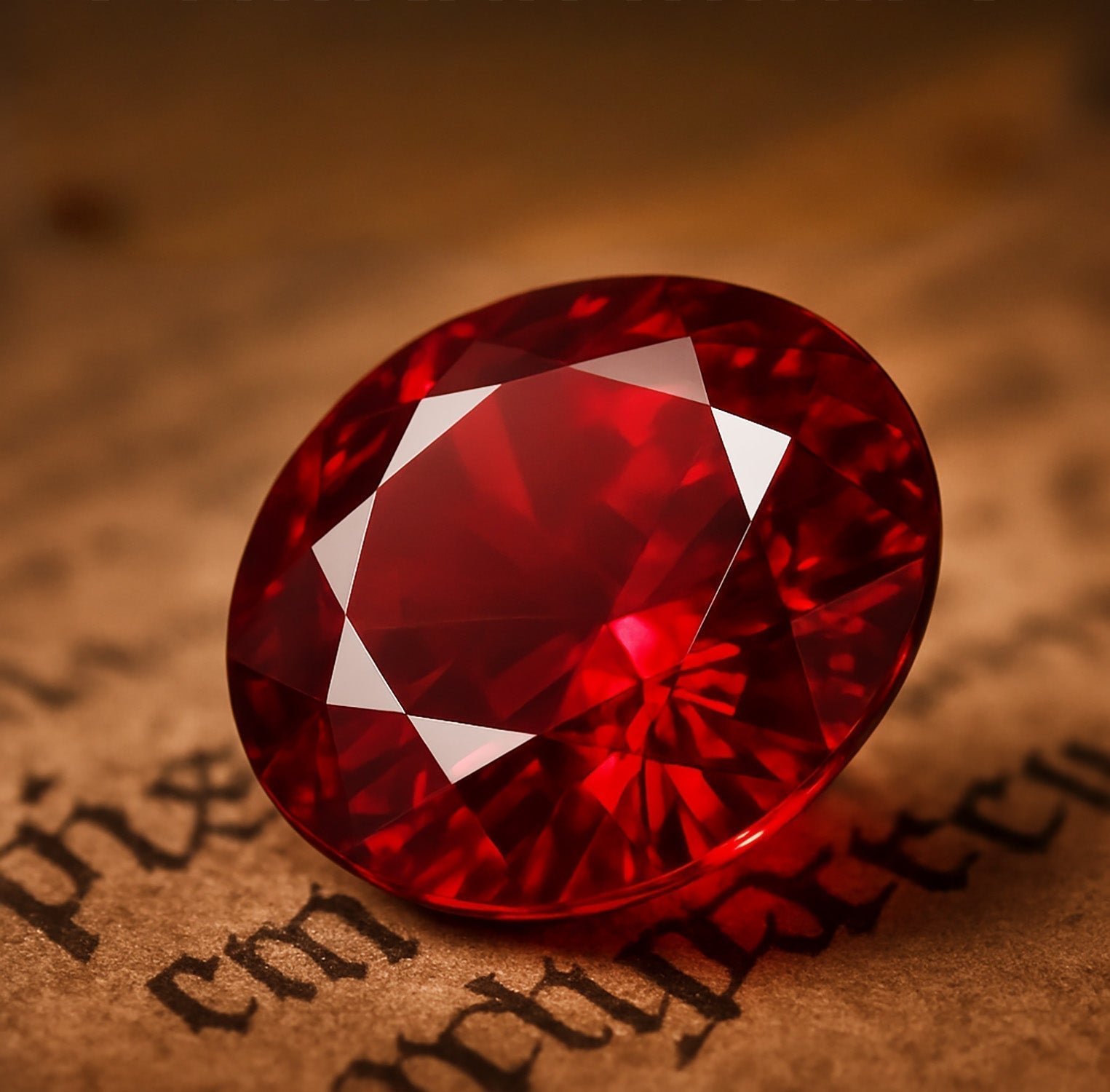
Crimson Rubies: From Ancient Legends to Today’s Record-Breaking Auctions
Crimson rubies, renowned for their deep red glow, have been revered for centuries as the “king of gemstones.” From the royal courts of Asia to the auction rooms of Geneva and New York, these rare jewels have carried symbolism, status, and staggering value. Today, they remain among the most sought-after gems in the world, often surpassing diamonds in price per carat. Their enduring appeal continues to inspire exceptional creations in our Ruby Jewelry Collection. This editorial explores the story of crimson rubies—from their mythic origins in Burma to the discovery of Mozambique’s Montepuez deposit—and explains why collectors, investors, and luxury houses continue to chase them at record levels. We’ll cover their symbolism, treatments, regulatory issues, and the latest auction benchmarks shaping the high-jewelry market in 2025.
1. The Ancient Allure of Crimson Rubies
For over 2,000 years, rubies have been prized across civilizations. In ancient India, rubies were offered to Krishna as “the gem of the sun.” Burmese warriors once believed rubies rendered them invincible in battle if embedded in their skin. European royalty treasured rubies as symbols of wealth, protection, and divine favor.
The word “ruby” comes from the Latin ruber, meaning red, but crimson rubies are distinguished by their intense saturation. This hue, caused by chromium in the corundum crystal, has been compared to glowing embers, fresh blood, or the beating heart itself.
2. The Rise of Mogok, Burma (Myanmar)
From the 15th century onward, the Mogok Valley in Upper Burma became the world’s most celebrated ruby source. Known for producing stones with unmatched crimson color—later dubbed pigeon’s blood—these rubies set the standard by which all others are judged.
By the Victorian and Art Deco periods, Burmese rubies were being mounted in tiaras, necklaces, and brooches by the greatest houses: Cartier, Van Cleef & Arpels, and Tiffany & Co. The Mogok ruby was not only a gemstone but a status marker across global aristocracy.
3. Crimson vs. Burmese: What’s the Difference?
It’s important to distinguish between crimson rubies and Burmese rubies, two terms often used interchangeably but which mean different things:
-
Crimson rubies describe the color quality — a vivid, saturated red caused by chromium. These stones may come from different origins, including Myanmar, Mozambique, Sri Lanka, and Madagascar.
-
Burmese rubies describe the geographic origin — specifically from Myanmar (Burma), historically Mogok and later Mong Hsu. Many Burmese rubies are crimson, but not all. Some may lean toward pinkish or purplish tones.
-
Key difference: Crimson refers to the color category, while Burmese refers to origin. A crimson ruby can be Burmese, but it could just as easily be Mozambican if it displays the same vivid hue.
This distinction matters in today’s market, where origin and color together determine value, but buyers should not assume that “Burmese” automatically means crimson, nor that crimson rubies must be Burmese.
4. Crimson Rubies in Royal and High Jewelry
-
The Crown Jewels of Britain include the 170-carat “Black Prince’s Ruby” (later reclassified as a spinel), showing how rubies symbolized power for centuries.
-
Queen Elizabeth II’s Burmese Ruby Tiara, gifted by the people of Myanmar, remains one of the most famous modern commissions.
-
Cartier’s 1920s–30s designs set with unheated crimson rubies in platinum further reinforced their prestige in high jewelry.
5. Mozambique’s Ruby Revolution (2009–present)
In 2009, the Montepuez deposit in Mozambique transformed the ruby market. Large, clean stones—sometimes with Burmese-like crimson hues—emerged in quantity. By 2015, Mozambique rubies began dominating auction catalogues.
-
Sunrise Ruby (25.59 ct, Burmese, Cartier) sold for CHF 28.25M in 2015—still the benchmark for unheated Burmese gems.
-
Estrela de FURA (55.22 ct, Mozambique) shattered records at Sotheby’s in 2023 with a $34.8M sale, making it the world’s most valuable ruby.
-
Gemfields, the mining company behind Montepuez, continues to report auction totals of $46M–$68M per sale, with per-carat averages climbing through 2025.
6. Treatments and Transparency
The ruby trade is complicated by treatments that affect both beauty and value:
-
Unheated rubies command the highest premiums.
-
Heat treatment is widely accepted to improve color and clarity.
-
Lead-glass filling is used on commercial-grade rubies but carries far lower durability and value. Regulations by the FTC and CIBJO require disclosure to protect buyers.
Collectors should always insist on lab reports from respected institutions such as Gübelin, SSEF, GRS, or the Gemological Institute of America (GIA) when acquiring crimson rubies.

7. U.S. Sanctions and Ethical Concerns
In 2021, sanctions imposed on Myanmar banned imports of Burmese rubies into the U.S., redirecting demand toward Mozambique and Madagascar sources. This has raised the ethical profile of ruby sourcing, with luxury houses increasingly seeking transparent supply chains.
For U.S. buyers today, Burmese rubies already in circulation remain legal to buy and sell, but new imports from Myanmar are prohibited. Investors are therefore looking more closely at Mozambique crimson rubies with strong provenance.
8. Market Value and Investment Trends
Crimson rubies remain among the top three colored gemstones for investment, alongside sapphires and emeralds, making them an essential reference point in the world of high jewelry.
-
Fine unheated crimson rubies above 5 ct: frequently six figures per carat at auction.
-
Record per-carat prices: rival or exceed diamonds of similar size.
-
Shift from diamonds: With lab-grown diamonds altering perceptions, ultra-rare natural rubies offer security for collectors who want finite, geological rarity.
Investment advisors often highlight that rubies—unlike gold—are “portable wealth,” able to cross borders easily while retaining value.
9. Buying Guide for Collectors
-
Look for lab reports confirming treatment status and origin.
-
Prioritize color: Bright, vivid crimson is more valuable than darker garnet-like tones.
-
Consider origin, but don’t obsess: Burmese still carries prestige, but Mozambique’s finest stones are on equal footing today.
-
Avoid glass-filled composites if long-term value is your goal.
-
Provenance matters: Auction history, previous ownership, or association with a luxury house can dramatically increase value.
10. Outlook for 2025 and Beyond
All indicators suggest continued scarcity and rising values for fine crimson rubies. With geopolitical restrictions on Burmese supply and limited new sources, the supply-demand imbalance favors appreciation. Collectors, auction houses, and luxury maisons are expected to compete for every exceptional stone that surfaces.
Closing Note for DSF Antique Jewelry Readers
Crimson rubies stand as a reminder of how gemstones can embody both natural wonder and human history. Their journey—from ancient myths and royal treasuries to record-breaking auctions and modern investment portfolios—illustrates why rubies remain among the world’s most desired jewels. For collectors and enthusiasts, understanding their origins, treatments, and market dynamics is essential, not only to appreciate their beauty but also to recognize their enduring role in the evolving landscape of fine jewelry at DSF Antique Jewelry.

